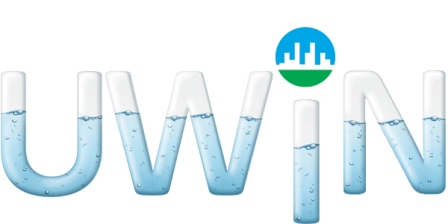Project A2-3
Project Team: David Hondula, PI – Arizona State University
Jennifer Vanos – Arizona State University / Texas Tech Univeristy
Mattei Georgescu – Arizona State University
Sharon Harlan – Arizona State University / Northeastern University
Elizabeth Mack – Arizona State University / Michigan State University
Project Overview
Health risks associated with heat exposure are receiving increasing attention in national and regional planning and preparedness efforts in the face of projected rises in temperatures. Extreme heat already ranks as a leading weather-related cause of death in the United States (Berko et al. 2014), and climate model simulations suggest that communities across the country—and across the world—will face a future of increasingly intense, long, and frequent heat waves. The potential health consequences of these increases are among the motivating factors for national and international policymaking and implementation of highly localized cooling strategies at households and businesses.
Many of the strategies currently in place in urban areas to reduce health risks related to exposure to high temperatures rely, directly or indirectly, on water. At the level of individual households, indoor climates are controlled with central air conditioning, for which a portion of energy is derived from hydroelectric power or other energy sources that require water use. Other households, particularly in dry climates, take advantage of evaporative cooling techniques that require water input. Individuals also reduce heat stress by taking cool showers and baths, utilizing swimming pools and sprinklers, and drinking cool water. Businesses take advantage of small-scale infrastructure improvements to aid the thermal comfort of customers through the installation of water misters. Home and business owners alike maintain water-supported vegetation, which produce thermal comfort benefits related to both shade and evaporation. Increasing vegetation cover on both public and private land is a stated goal of municipal plans in cities across the United States, and the thermal comfort benefits of such vegetation is often cited as a motivator for program adoption. Irrigated landscapes and standing surface water bodies like lakes and ponds can also mitigate heat stress in urban areas.
UWIN project A2-3 investigates what will happen to the thermal comfort of urban dwellers, and the associated risks of heat related illness, in the face of changes to urban water systems driven by climatic variability and infrastructure modification. Building from a large literature that has examined how microclimates are sensitive to vegetation and various urban design strategies, the UWIN team will shift the analytical framework for this research to be oriented around people instead of places, making it more directly relevant for human health. UWIN researchers will adopt state-of-the-art microclimate measurement techniques and human energy budget modeling to quantify how changes in the urban water system will affect the thermal properties of the environements in which urban dwellers live, work, and play, and contextualize these changes based on the cumulative daily thermal experience of urban residents. Elements of the evolving urban water system of particular interest include green infrastructure (Project B2-1, Meixner et al.), sustainable urban drainage systems (Project B2-2, Bledsoe et al.), and landscape irrigation practices (Project B1-1, Sharvelle et al.). The outputs from project A2-3 will provide rich information for water decision-makers in urban areas to more thoroughly evaluate how alternative configurations for water infrastructure and different future climatic scenarios will lead to cobenefits (or disbenefits) for the health of urban residents as viewed from the lens of thermal comfort and heat stress . The development of specific indicators for heat-related health risks for residents of the study regions, and potentially nation at large, will be conducted in partnership with UWIN researchers from Project D1-2 (Arabi et al.) to ensure consistency across various geographies and compatibility with other UWIN projects.

Recent Comments